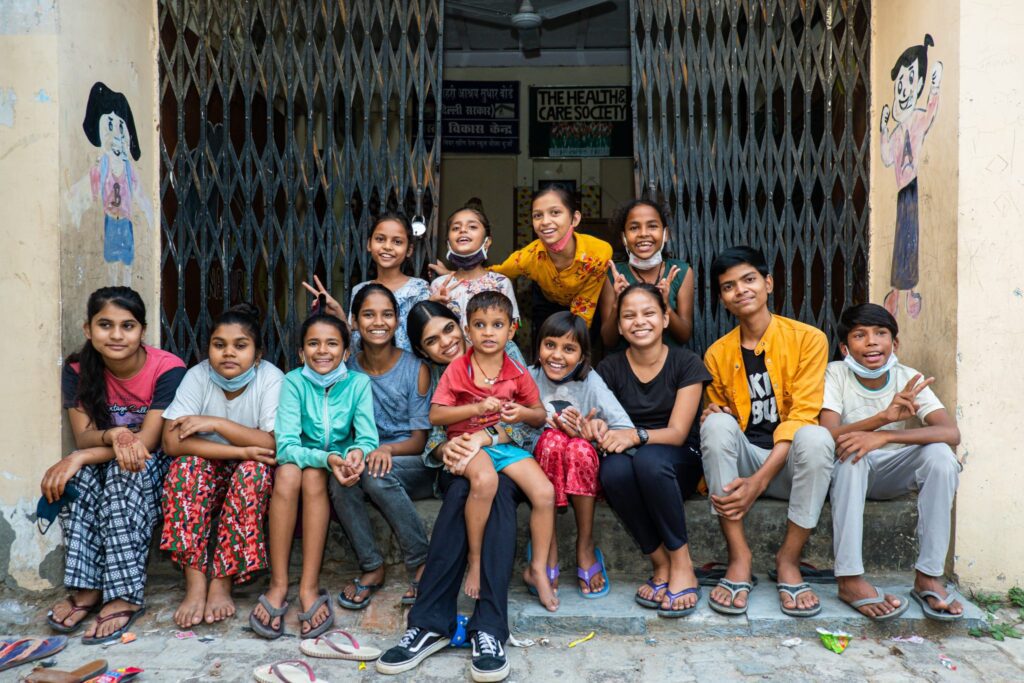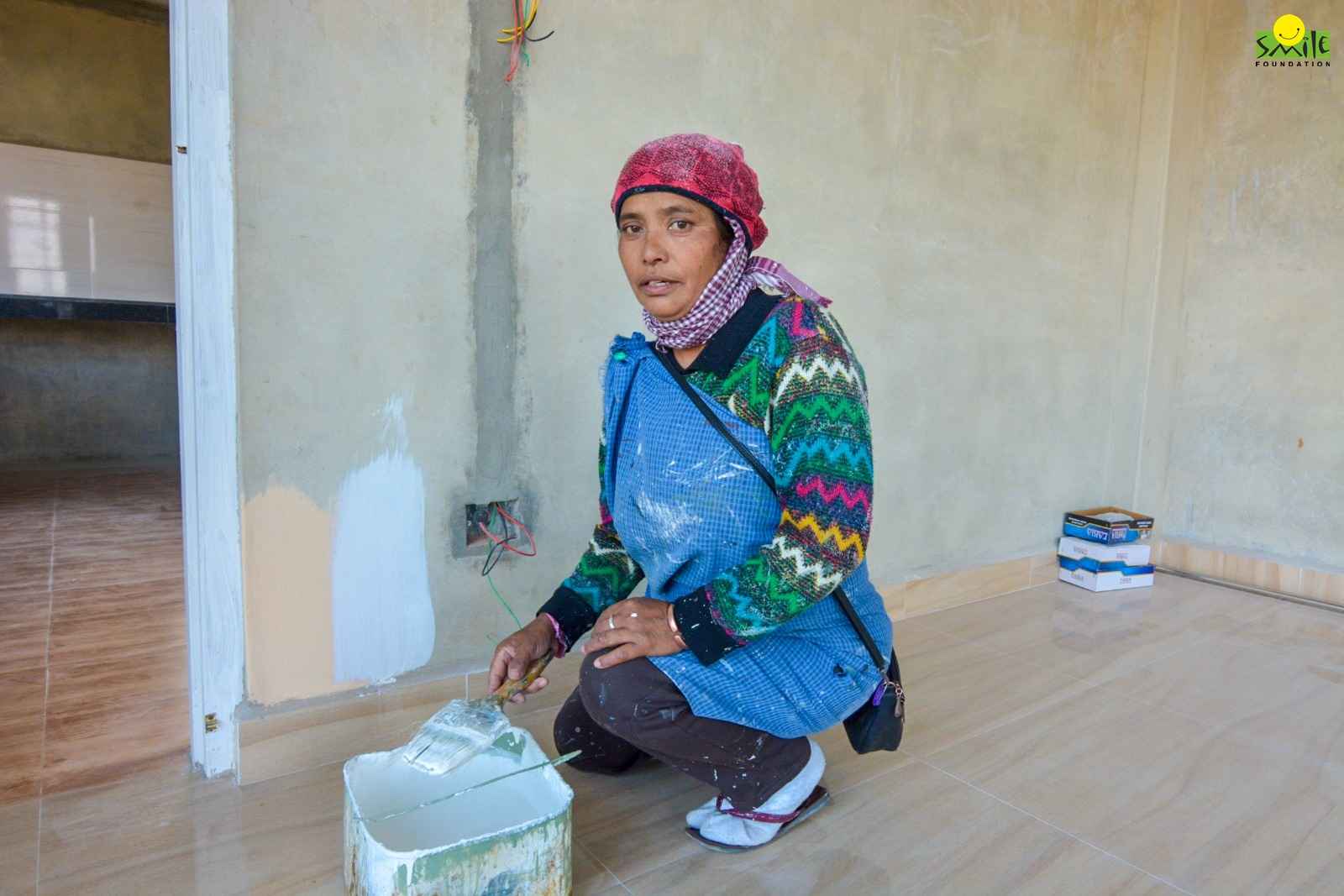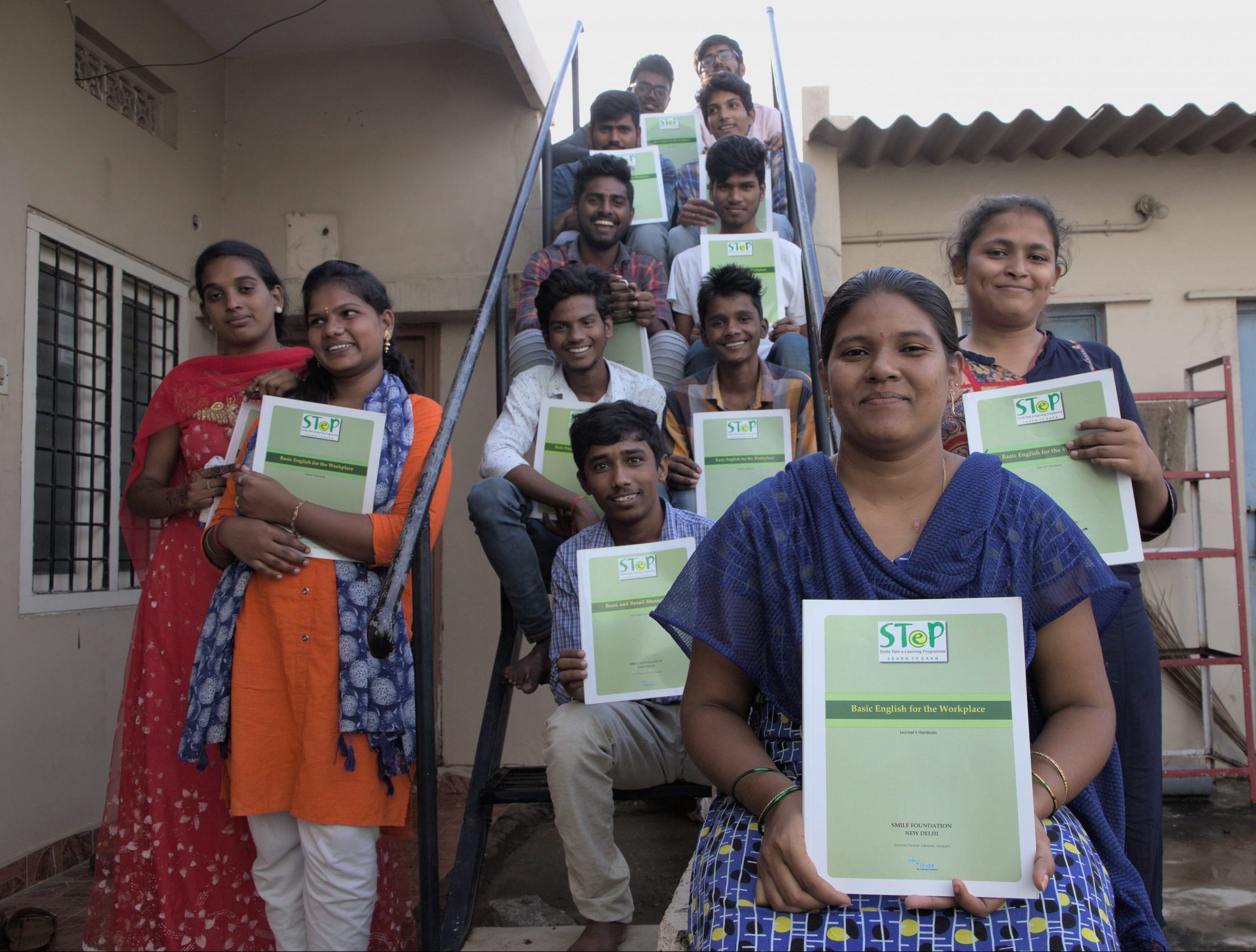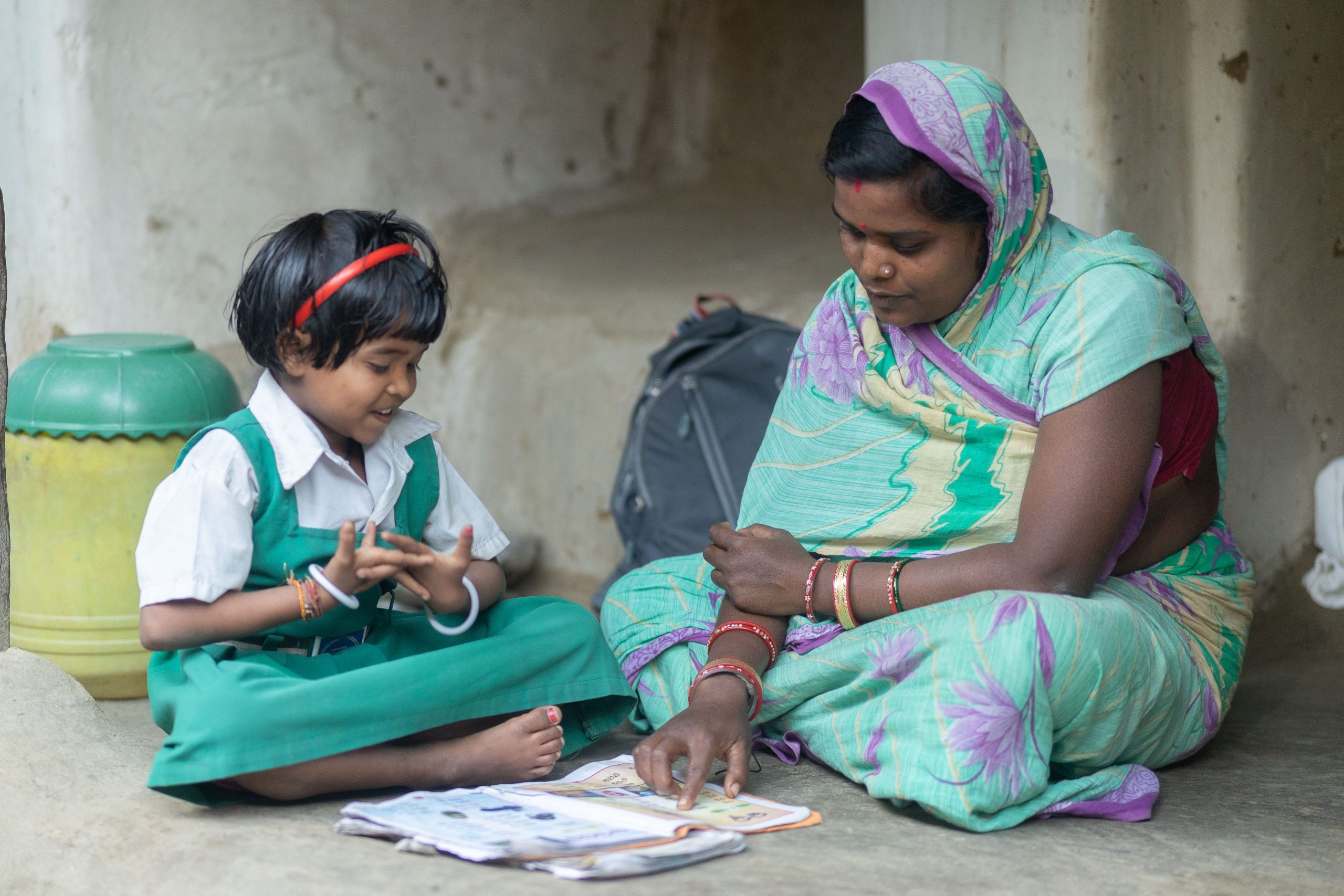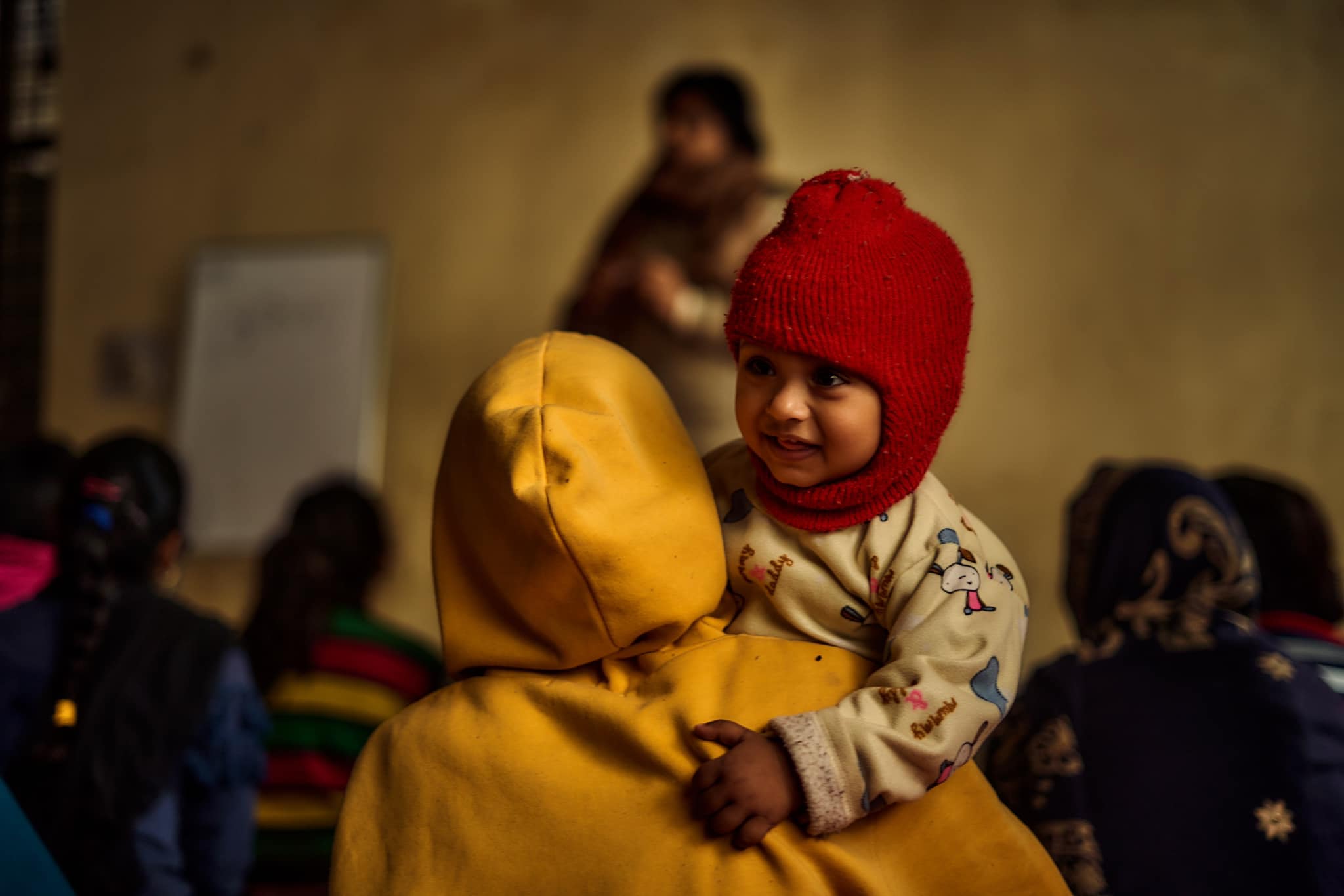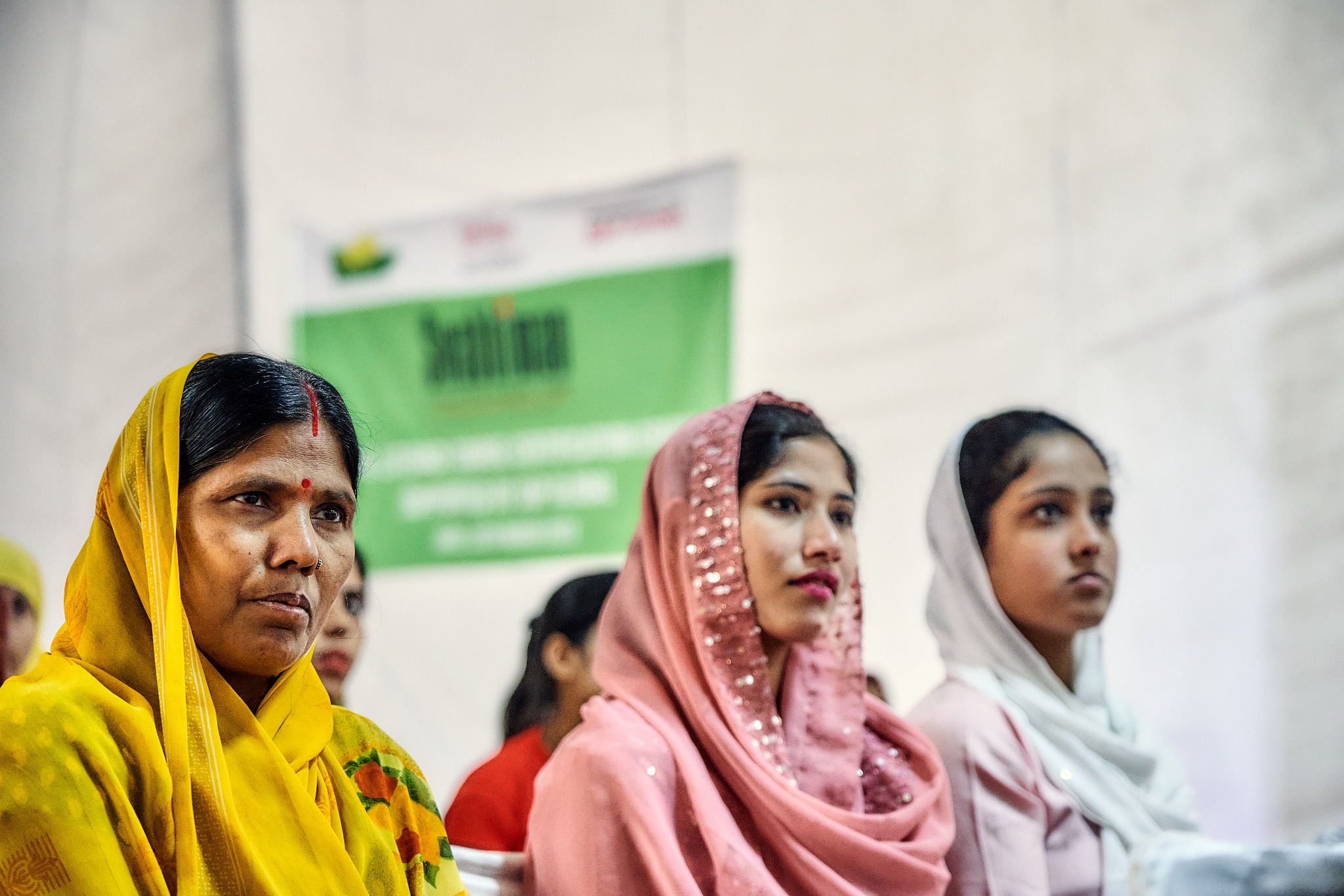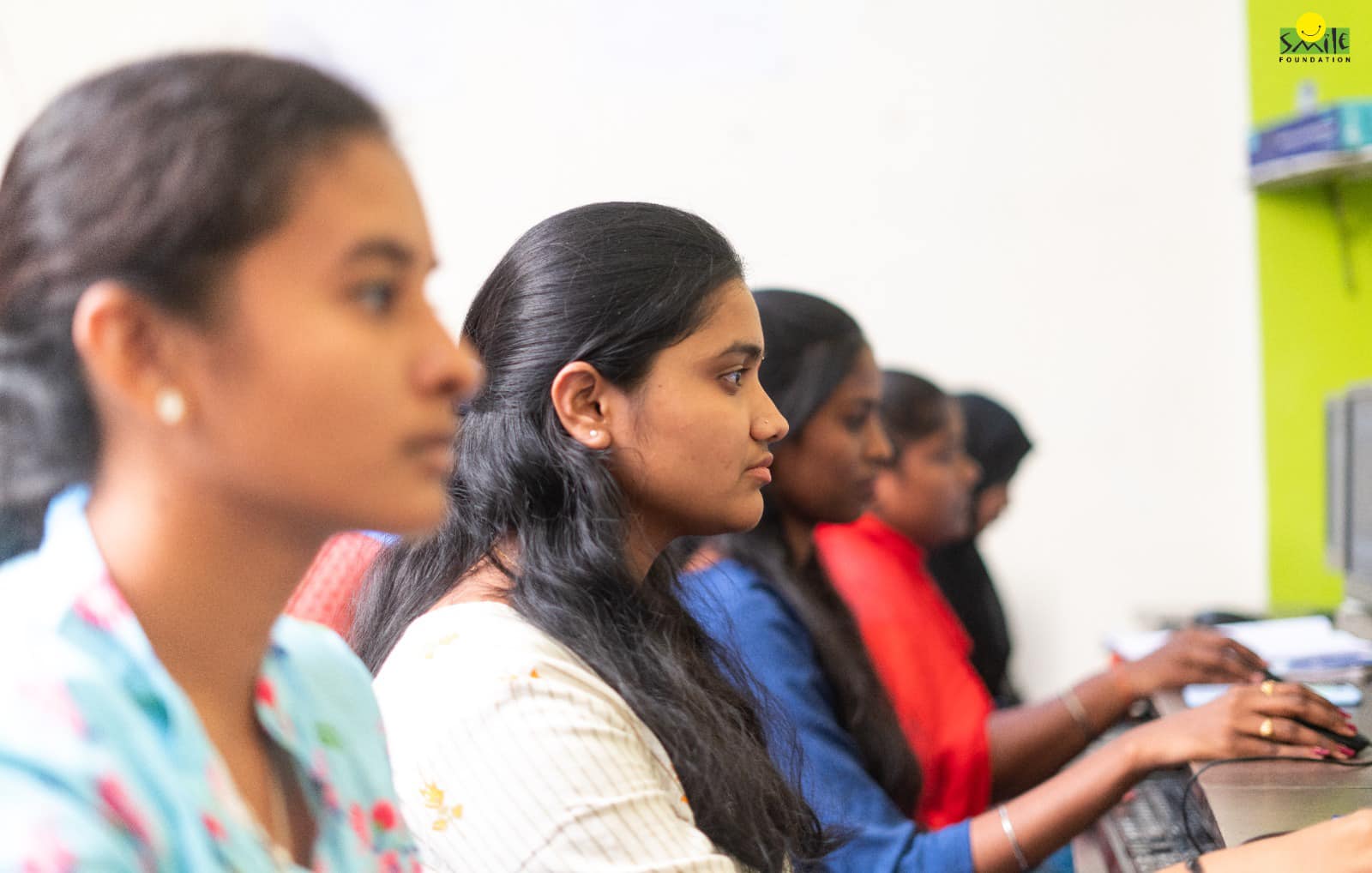Last year during a short visit to our ancestral home, my five-and-a-half-year-old went missing. She was eventually found engrossed in a deep conversation with the children of the village. It was a pleasure to see her so happy—giggling, smiling and laughing together with her peers. We knew she could speak only in Hindi. But there she was trying to speak to the children of the village in her mother tongue, something which we had always wanted her to but she hardly paid heed.
I realised that the old adage “It takes a village to raise a child” holds so true even today and would perhaps remain relevant for times to come. The village today means the community, comprising the neighbourhood, school, extended family, peers, the government and the civil society. COVID-19 induced prolonged home isolation disconnected children from their community and badly impacted their physical and mental growth. Instead of socializing, playing and interacting with their peers, they spent their time watching television and internet videos.
The pandemic impacted the health and economy of many families and that affected the mental wellbeing of children in post pandemic world too. They saw their parents struggle for livelihood; they saw severe illnesses and deaths in the family and during all this, they had no one to talk to. Children from lower-middle-class families and the underprivileged suffered equally. Good Samaritans and NGOs in India came ahead in good numbers to help the marginalised. The charities in India raised money through online donation programmes, gave food to the poor, reached out to the sick, took them to the hospitals, and even conducted the last rites of the COVID-19 dead.
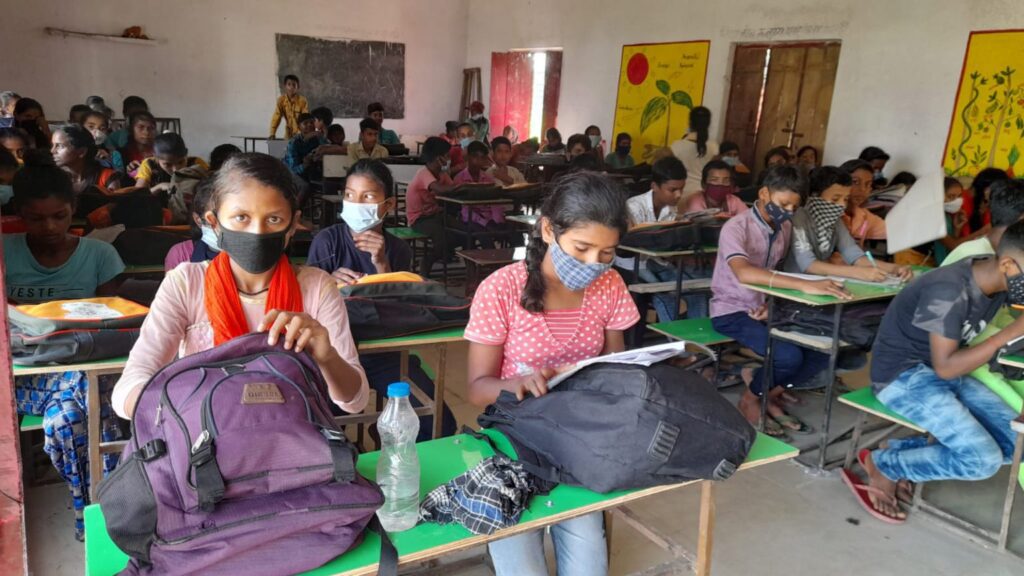
However, despite the efforts made by the government and the charities in India, the education and growth of children suffered. Classes were conducted online, and so having a smartphone, a tablet or a laptop became a necessity for every family with children. But not all families could afford it. School-going children from marginalised families were the worst sufferers. Many could not afford to purchase a digital device and pay for the internet connection to continue their learning while others gained little from the live streaming classroom.
Recently, when schools reopened offline full-fledged after a gap of two years, children and parents were overjoyed, but the thrill started disappearing soon as multiple problems cropped up. Schools realised that the percentage of children who were not able to read and write properly was higher than what they had apprehended. But before they could plan how to resolve the problem, several children started falling ill. While a few were diagnosed with COVID-19, others caught a cold or had a stomach problem caused mostly due to fatigue, exhaustion and sudden exposure to air pollution.
Some schools had to shut down for a few days, some went back to the online mode, and others sent strict instructions to parents not to send their child to school if s/he was unwell. Children who fell ill again missed classroom education and found it difficult to cope when they went back to school after one or two weeks of illness.
Two years of homeschooling and lack of physical interaction with people outside their homes have made some children shy and some hyperactive. There are children who are not able to pay proper attention in the classroom and are finding it difficult to read from the blackboard or smartboard while there are also some who are so used to being taught by their parents that they are not receptive to their teachers. Apart from these, the most common problem faced by children in post pandemic world is overexposure to digital devices.
Talk to parents and most of them you will find are struggling to keep their children away from websites and online channels which in the long run may harm the child psychologically and cause irreparable behavioural disorders. Besides the negative impact on their eyesight, increased screen time and overexposure to digital devices are already affecting the emotional wellbeing of children and adolescents, evoking negative emotions like fear, anger, disappointment, sadness and anxiety.
As a parent, I too face a similar ordeal which knocks us down every few weeks. Random surfing on the smartphone often takes my child to scary audio-visuals which cause sleeping disorders in her. She wakes up several times at night and starts throwing up. This goes on for a week or more till she comes across something beautiful and impressive which soothes her eyes and calms down her anxious mind.
Schools have opened up but we are not yet prepared to address the elephant in the room. Wearing a mask is still not normal for all and so schools are now burdened with the extra responsibility of ensuring that the children are safe while their education and physical activities go on simultaneously. There is a mushrooming growth of online platforms claiming that they can help children read but their high cost makes them inaccessible to poor children. In many cases, parents who cannot afford to spend money on these platforms, also have the inability and time to make their children learn how to read and write.
Problems galore and much more needs to be done to bridge the gap created due to two years of digital mode of learning or “no learning” at all in some cases. Peer learning and the personal attention of the teachers in school are vital for the development of children in post pandemic world, but to address the problem, the entire village (community) has to rise to the occasion. And in this, the role of civil society groups and NGOs in India continues to remain imperative.
(Please Note: The author is parent of a young, school-going child. Views and opinion expressed by the author is solely hers and they do not reflect the same of the organization)



